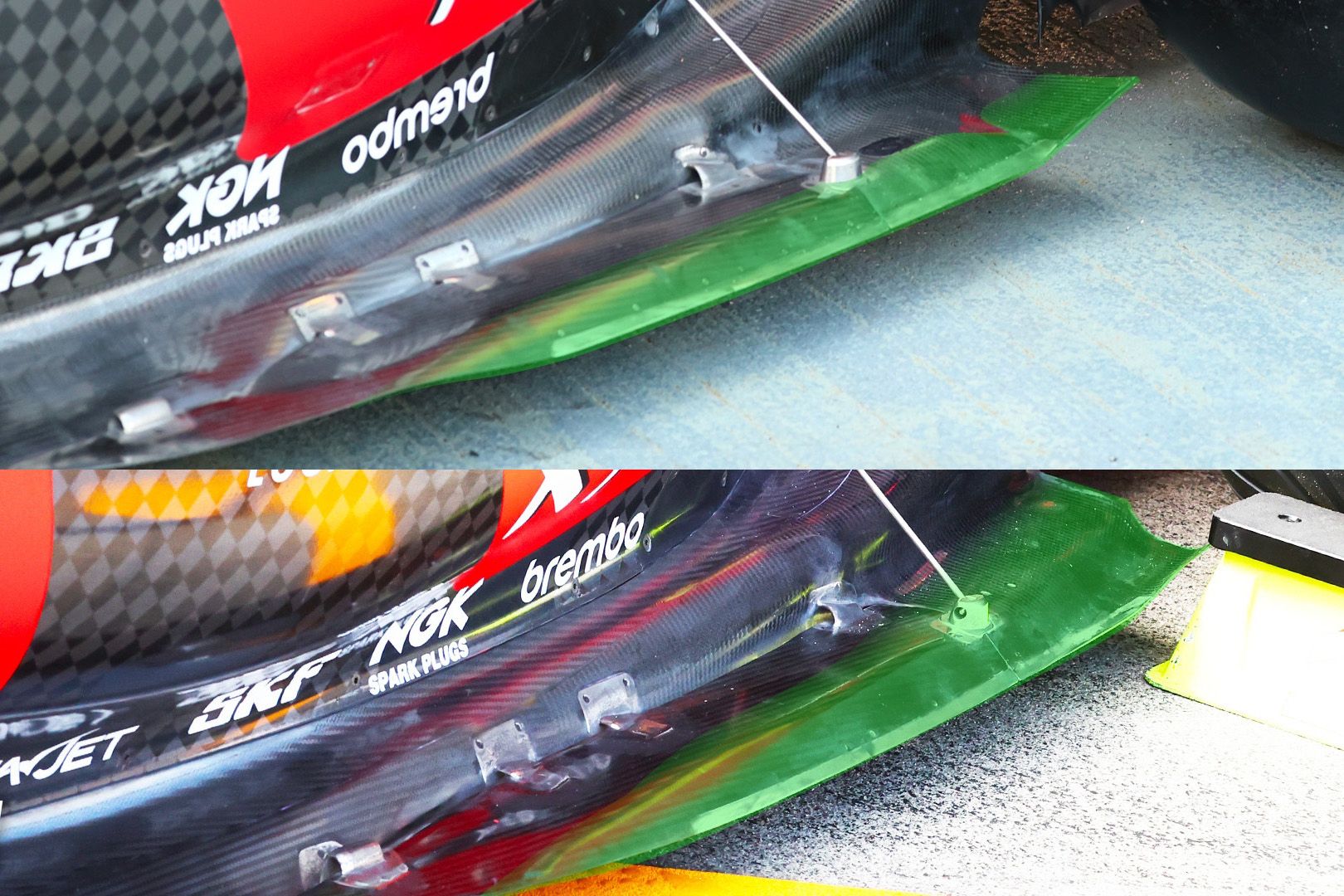Up Next

The intra-team battle at Ferrari had been one-way traffic since Formula 1's August break, with Carlos Sainz leading the way. But in qualifying for the Japanese Grand Prix, Charles Leclerc reversed that trend by outpacing his team-mate by 0.309s.
While the deficit to the front of 0.665s and being only fourth behind the McLarens, albeit ahead of Sergio Perez in the second Red Bull, was disappointing for Ferrari, Leclerc felt he had “maximised the result” by putting together a strong lap that combined his three best sectors of the weekend. As far as Leclerc’s personal performance is concerned, it’s a return to qualifying form.
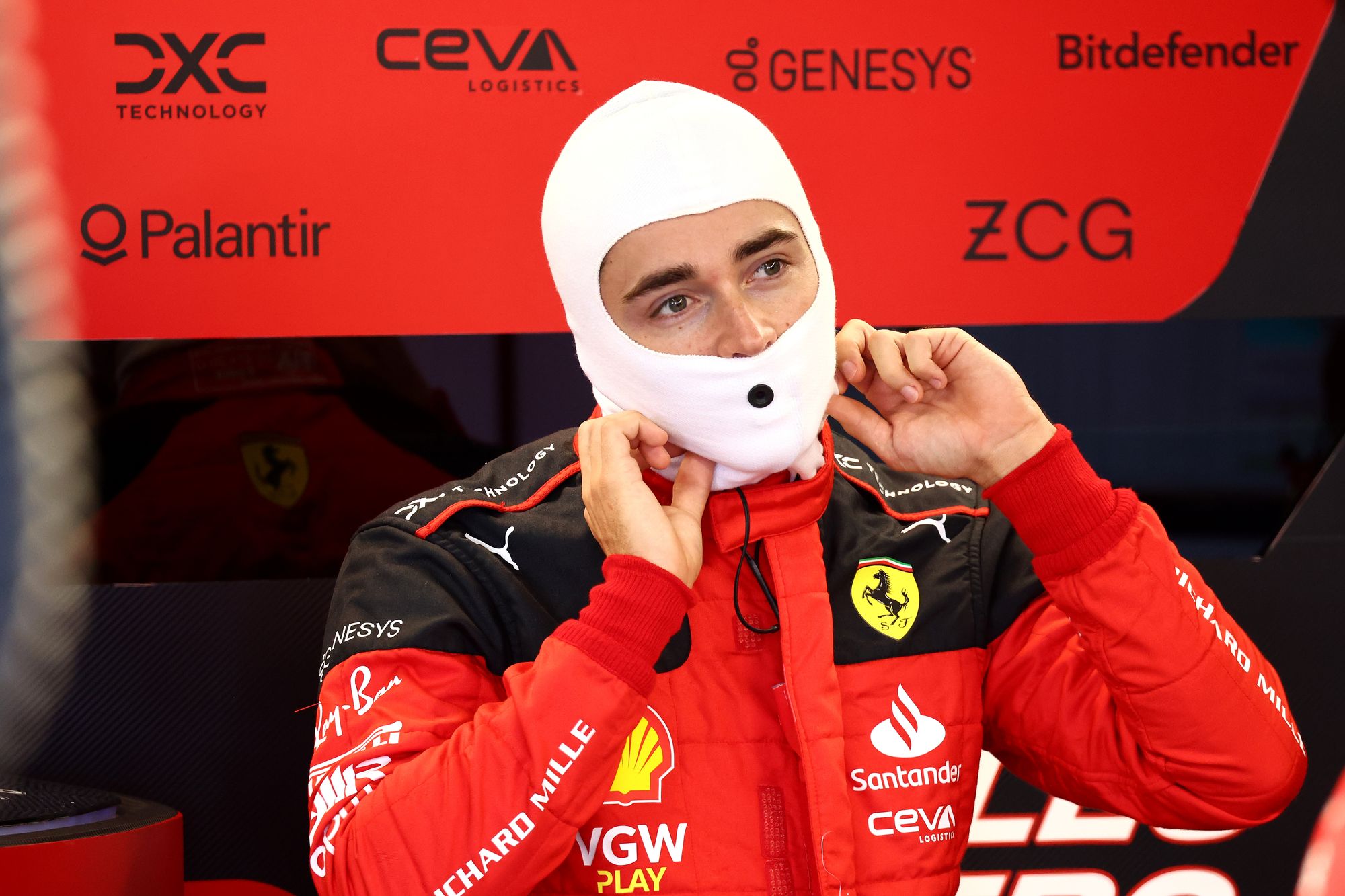
“We did a good job today by extracting everything out of the car, said Leclerc. “But unfortunately our car this year is a bit less competitive compared to last year’s car, and also compared to the last two weekends.
“I did a great lap, the car felt quite good. For some reason we are losing a lot in sector one and this will be our point of focus after the weekend to see what went wrong there”
While the demanding first sector was a weak point for Ferrari, it proved to be a strength point for Leclerc in his qualifying battle with Sainz. Both drivers went into Q3 with just one set of fresh softs and opted for a single run, with Sainz losing almost a tenth on the run through the first sector that ends after the ‘snake’ section and before the Degners that he felt exaggerated his deficit.
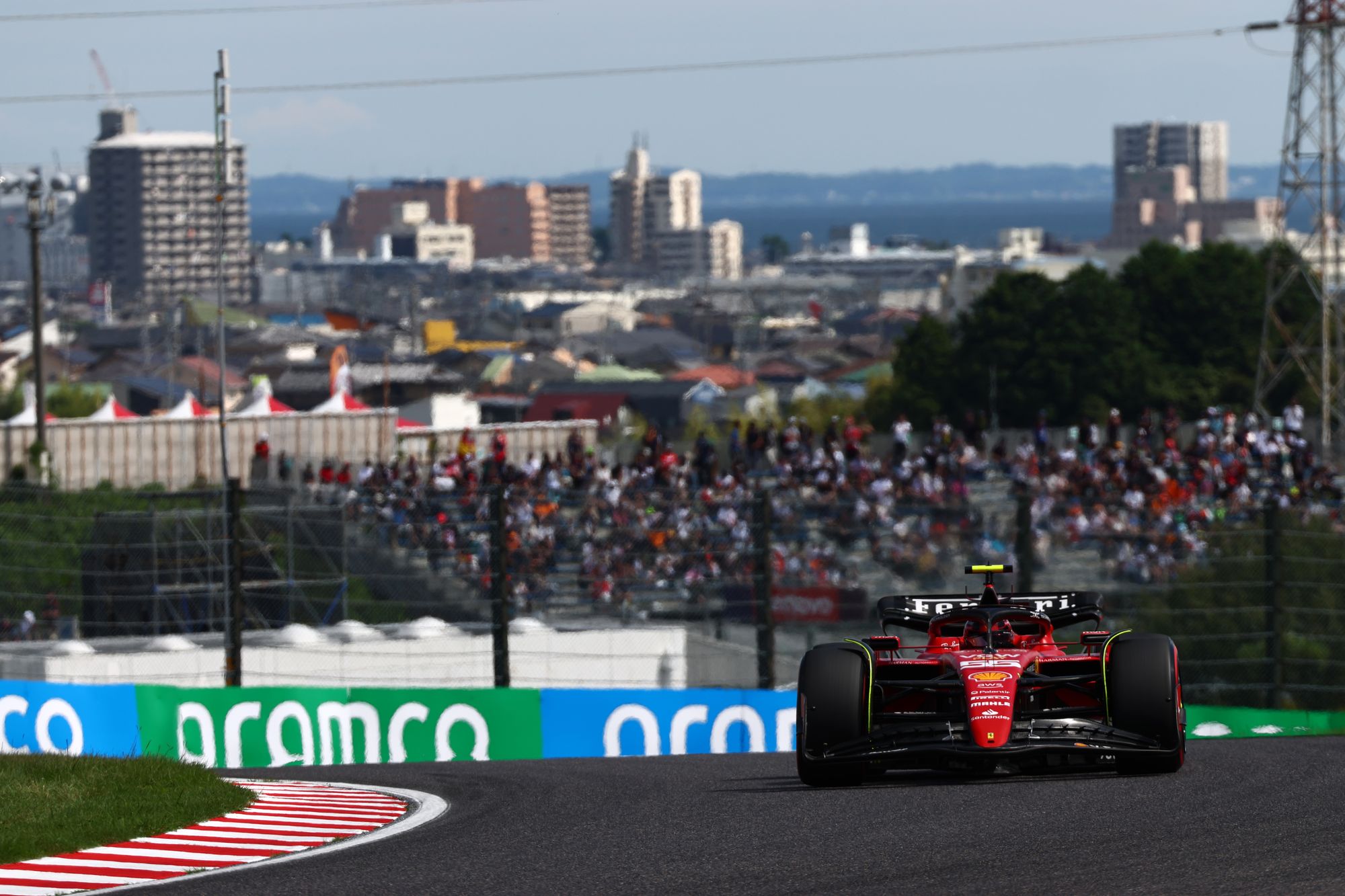
“Charles must have done a very good lap, but I didn’t get a clean sector one in my last lap, which probably accentuated the difference a bit,” said Sainz. “I’d say he’s been a tenth or two quicker all weekend.”
Sainz lost another two tenths in the middle sector, before setting a near-identical time to Leclerc through the short final sector – albeit giving away another 0.015s.
Regardless of the details of the final laps, the trend through the weekend was clear with Leclerc clearly the faster Ferrari driver. And that’s down to a combination of two factors that flip the script compared to what we’ve seen in previous races.
The first is that while Sainz hit the ground running at both Monza and Marina Bay, that wasn’t the case at Suzuka. Ferrari introduced a new floor on Friday, which Sainz did not run in FP1 before bolting it on for FP2. That was less focused on an outright increase in performance potential and more at improving consistency.
Sainz said he spent much of Friday conducting set-up experiments in the expectation that Ferrari would be able to use the data gathered to hit on the right set-up compromise for Saturday. That proved not to be the case and he suggested he was “a bit distracted” by that process.
“I took the approach yesterday and this morning to try different things on the car, try to change the balance quite a bit and try different things in set-up to try to put the car in a different place a bit,” said Sainz.
“By the time of quali, I saw that it was not quite working and we had to go back to a more basic set-up. In the end I probably ended up compromising my qualifying preparation and my weekend in general.”
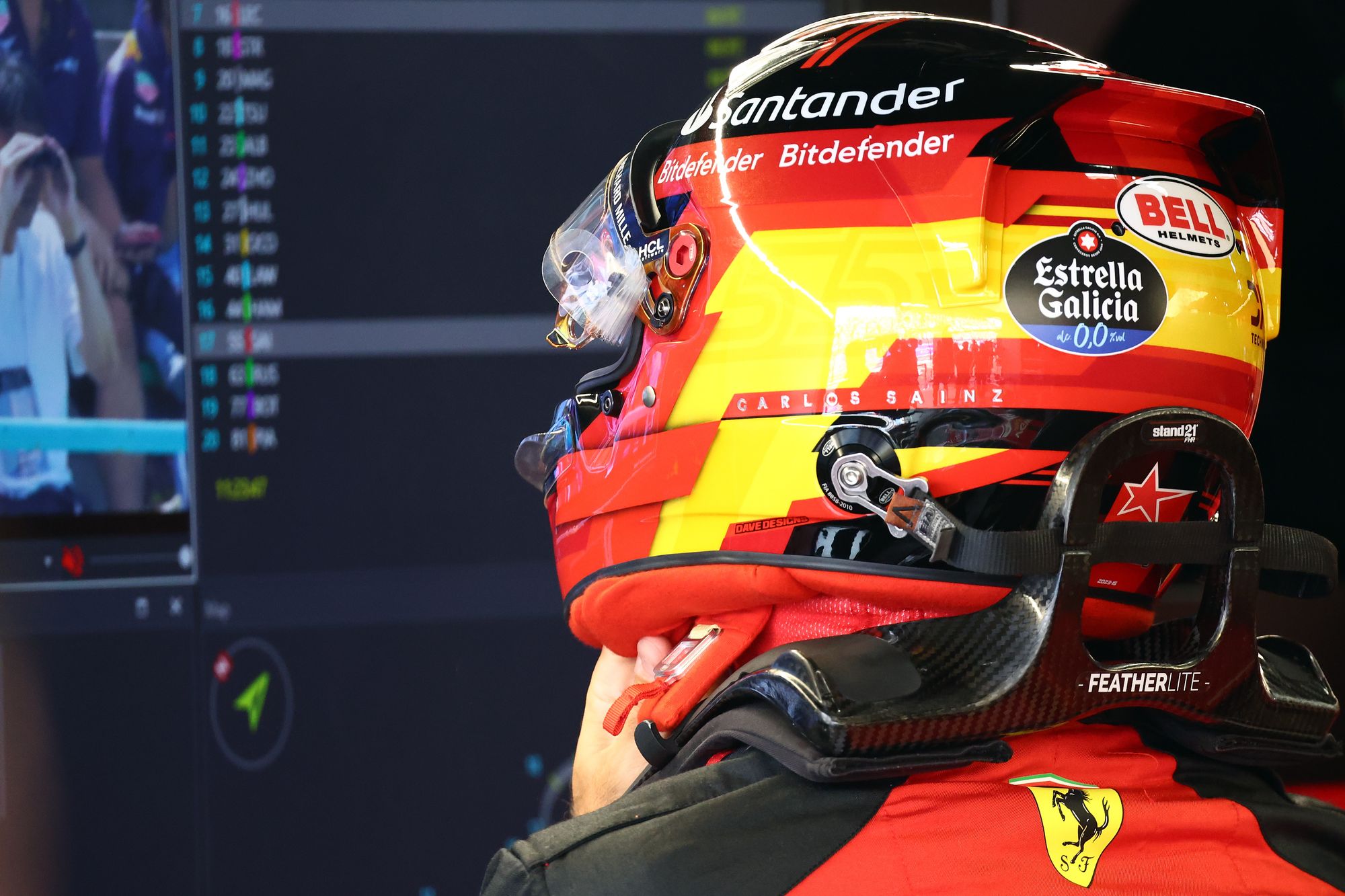
Despite that, Sainz didn’t regret this approach given the need to challenge himself. But he suggested a combination of these problems complicating his weekend, along with the struggles with the balance and the impact of the wind led to him being a step behind Leclerc. Whereas at Monza and Singapore, Sainz quickly settled into a rhythm, that hasn’t been the case at Suzuka.
“Some weekends you need to challenge yourself, especially circuits where you know the car is weak, challenge the car a bit, try to put it a bit outside its normal window to see if you can find something, and that’s what I tried this weekend,” said Sainz.
“It definitely didn’t help but I also don’t think it made my life too complicated, I also think Charles has been very quick and probably the unpredictability and the balance of the car with the wind is not helping, but it’s how it is.”
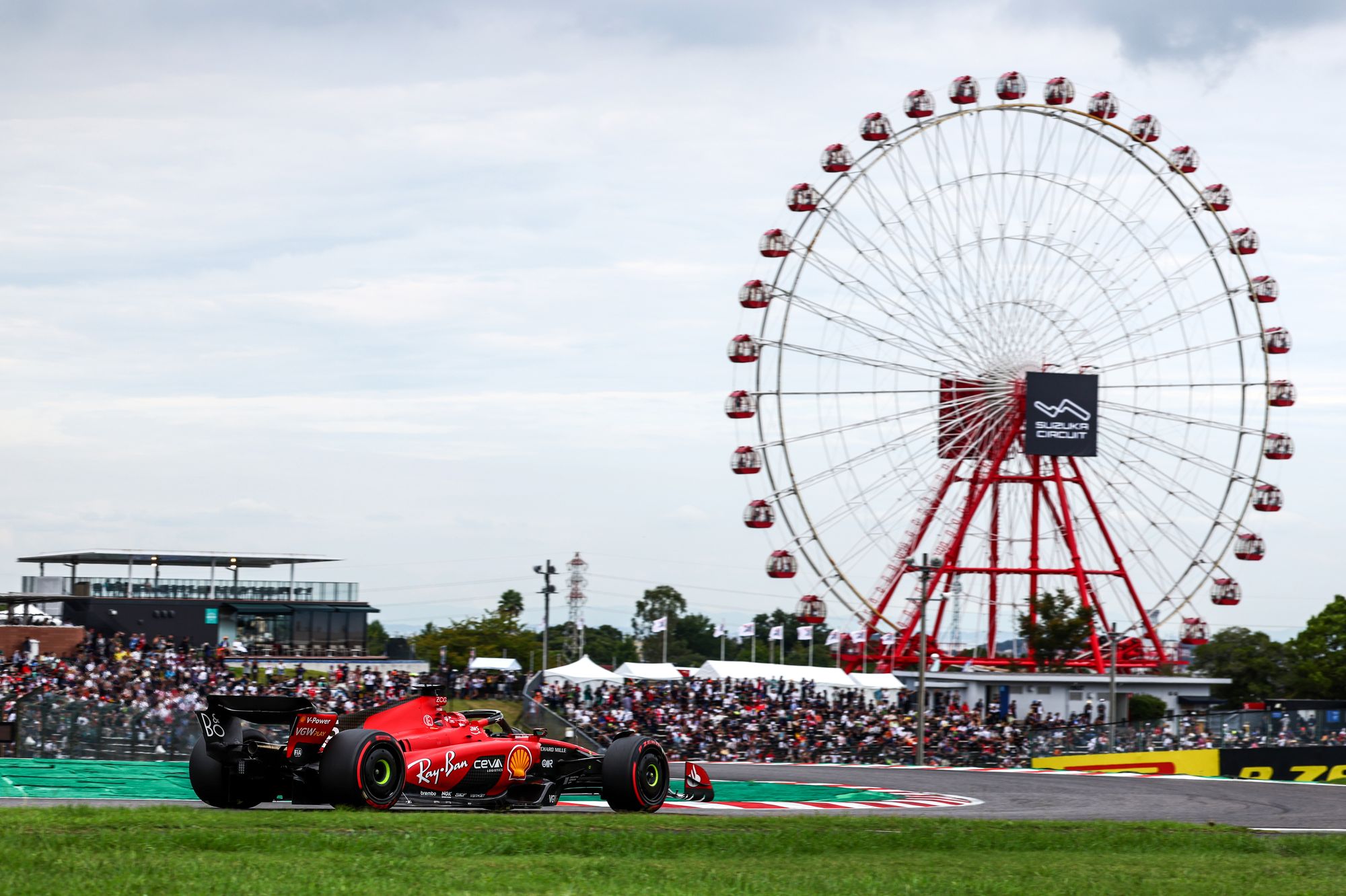
The other part of the equation is Leclerc's. He has enjoyed a very different run through the weekend.
On Friday, he talked of some driving style steps and the consistency benefit of the new floor. Given he struggled on the first day of running in recent races, this was a much stronger start to the weekend.
In previous races, Leclerc was the Ferrari driver who had to switch his set-up approach late in the weekend, but here it was Sainz. That meant Leclerc went into qualifying confident having found the car more to his liking than it had been in Italy and Singapore.
He also suggested he had at least managed to get the car balance slightly more to his liking having said last weekend that the understeer set-up needed to get the car under control didn’t agree with him.
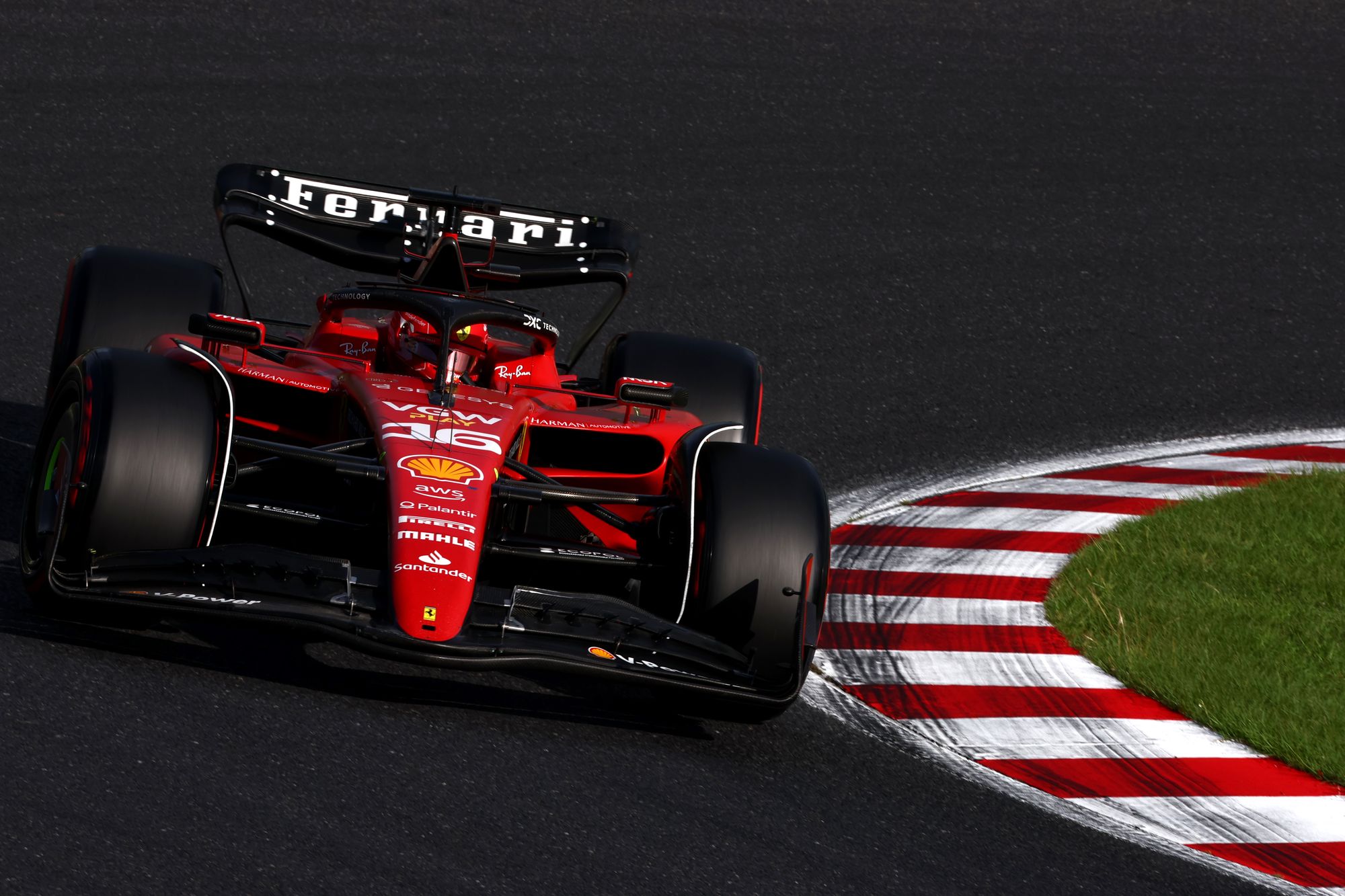
That problem is still there, but the combination of the solid progression through the practice sessions into qualifying, his own driving style experiments and the upgrade have allowed Leclerc to have a strong weekend so far, and allowed him to produce the kind of qualifying lap he has made his trademark.
“From Zandvoort, we had a lot more understanding of the car but this understeer thing is there from the beginning of the year,” said Leclerc.
“It’s basically this whole car that needs to be set up a bit more on the understeery side because it’s a very unpredictable car when you have oversteer in the car, so I cannot run the oversteer that I want. But it’s been like this since the beginning of the season, so I haven’t been at ease like I’ve been last year where the laptimes were coming more easily.
“You need to adapt to any car that you get and this weekend I’ve tried to change a few things, wishing to go a bit more my way. But unfortunately, the overall performance is not as good as what we all expected.”
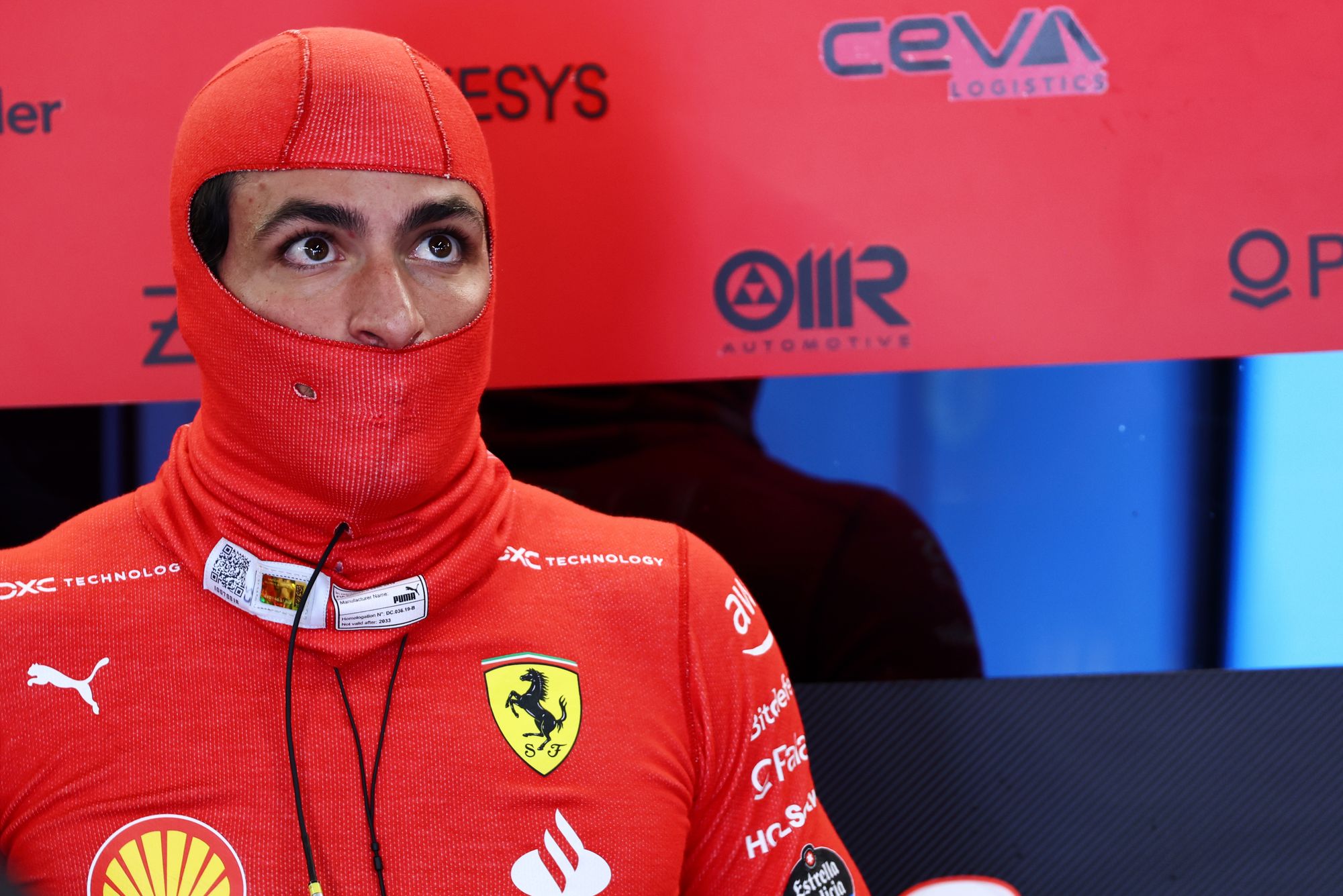
Just as Sainz’s strong run of form since the break didn’t represent the final word in the battle between the pair, neither does Leclerc’s at Suzuka. As team principal Fred Vasseur pointed out before qualifying, the performance battle between the pair swings “from track to track” with the “set-up and balance of the car”. That was in Leclerc’s favour this weekend, just as it was to Sainz’s benefit previously.
And there’s every chance Leclerc will carry that into the race, especially as there were hints his Sunday speed was stronger than Sainz at Monza and possibly even Singapore, where the race situation didn’t allow him to show it.
Given the necessary understeer balance engineered into the set-up is likely to remain for the rest of the season given it is needed to calm the car’s instabilities, it’s a boost for Leclerc that he has managed to hit back in what’s proving to be a difficult season for him given the car’s underlying characteristics.


